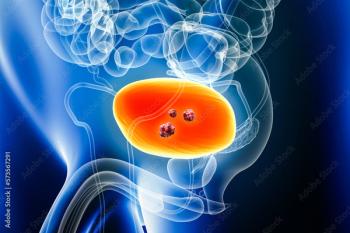
|Articles|January 31, 2022
Pharmacy Clinical Pearl of the Day: Grand Mal Seizures
Author(s)Saro Arakelians, PharmD
Many people who experience a grand mal seizure never have another one and don't need treatment.
Advertisement
Clinical Pearl of the Day: Grand Mal Seizures
A grand mal seizure causes a loss of consciousness and violent muscle contractions.
Insight:
- Grand mal seizures are the type most commonly associated with seizures.
- A grand mal seizure—also known as a generalized tonic-clonic seizure—is caused by abnormal electrical activity throughout the brain.
- Usually, a grand mal seizure is caused by epilepsy. However, sometimes this type of seizure can be triggered by other health problems, such as extremely low blood sugar, a high fever, or a stroke.
- Many people who experience a grand mal seizure never have another one and don't need treatment. But someone who has recurrent seizures may need treatment with daily anti-seizure medications to control and prevent future grand mal seizures.
- Symptoms include loss of consciousness, contractions, and falling.
- Diagnosis includes neurological exam, blood test, lumbar puncture, CT, MRI, or PET exam.
- Treatment includes medications such as carbamazepine (Carbatrol, Tegretol), phenytoin (Dilantin, Phenytek), valproic acid (Depakene), oxcarbazepine (Oxtellar, Trileptal), lamotrigine (Lamictal), gabapentin (Gralise, Neurontin), topiramate (Topamax), phenobarbital, and zonisamide (Zonegran)
Sources:
Newsletter
Stay informed on drug updates, treatment guidelines, and pharmacy practice trends—subscribe to Pharmacy Times for weekly clinical insights.
Advertisement
Latest CME
Advertisement
Advertisement
Trending on Pharmacy Times
1
Updates in Treatment of Unresectable Hepatocellular Carcinoma
2
FDA Approves Rucaparib for the Treatment of Adults With mCRPC
3
Notable Updates in Medication Therapy Management in 2025
4
Early Signals Before Myeloma: Real-World Data Reveal Missed Opportunities for Earlier Diagnosis
5













































































































































































































